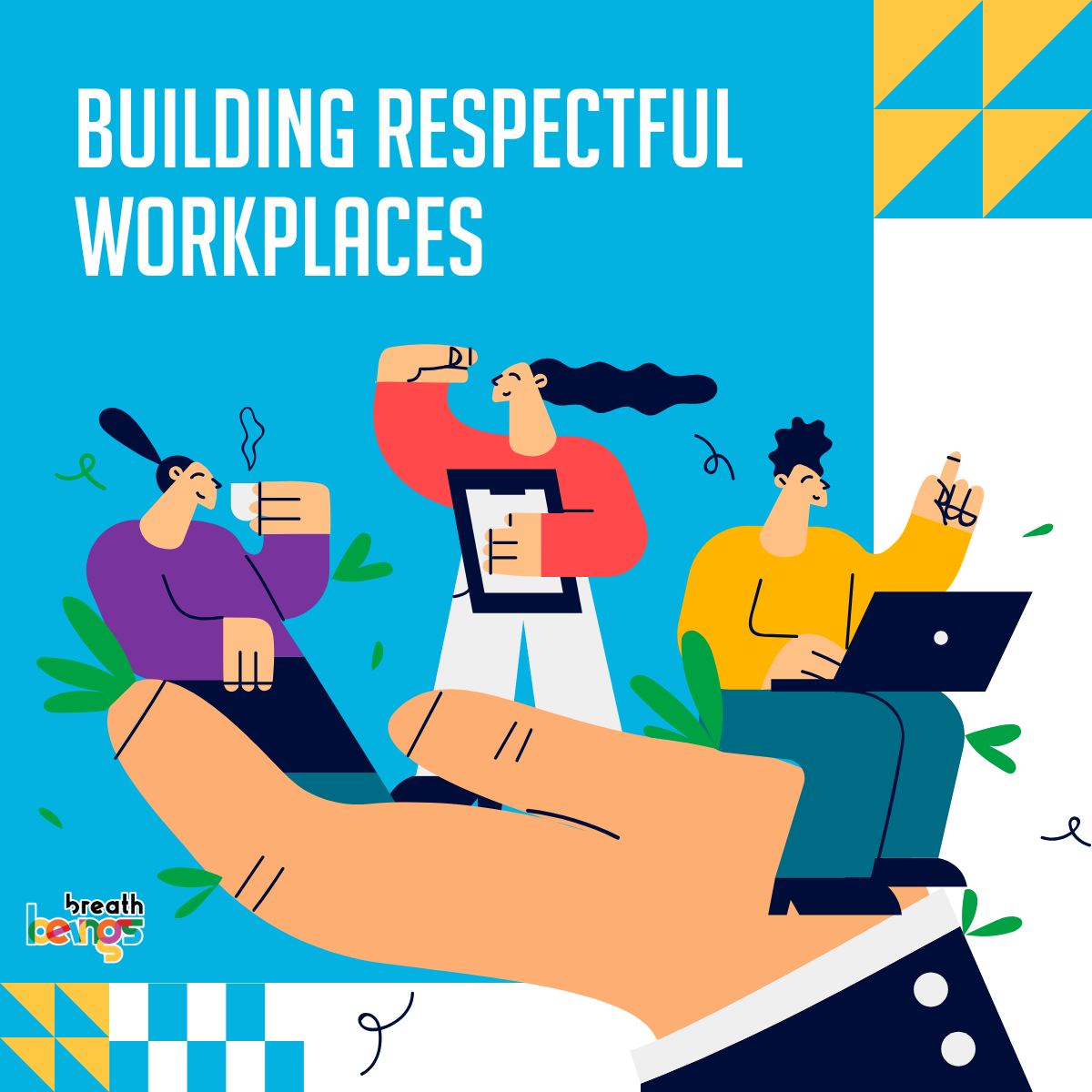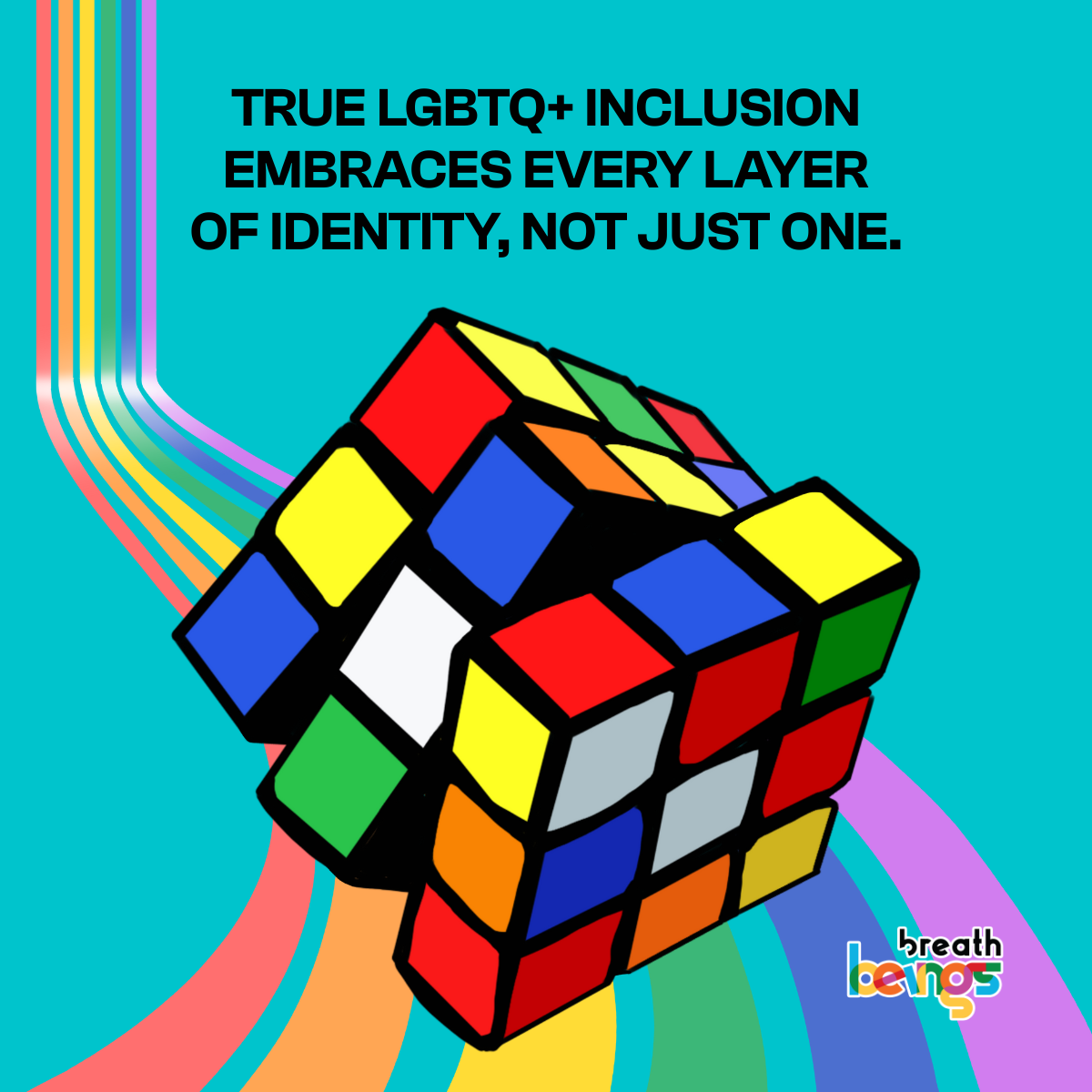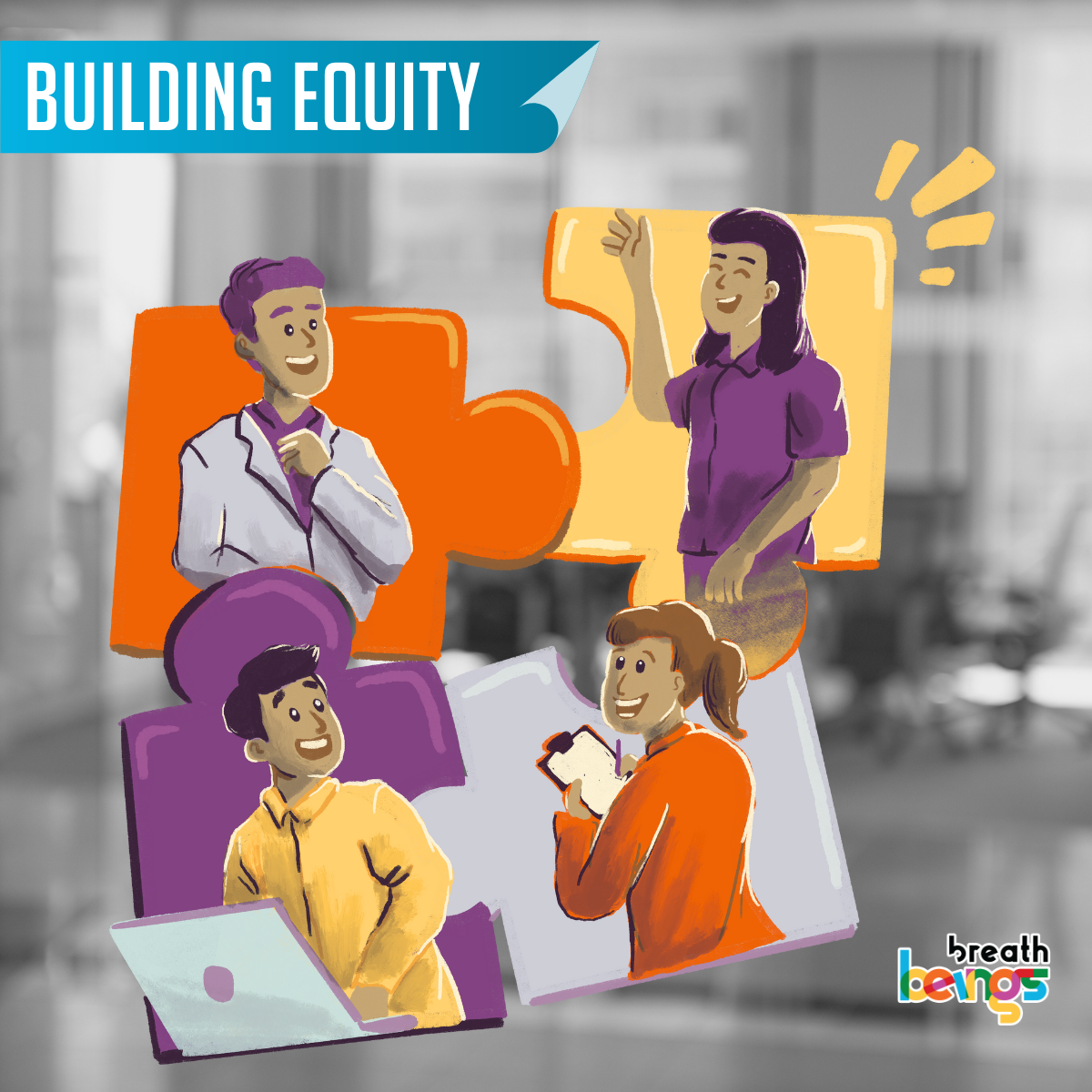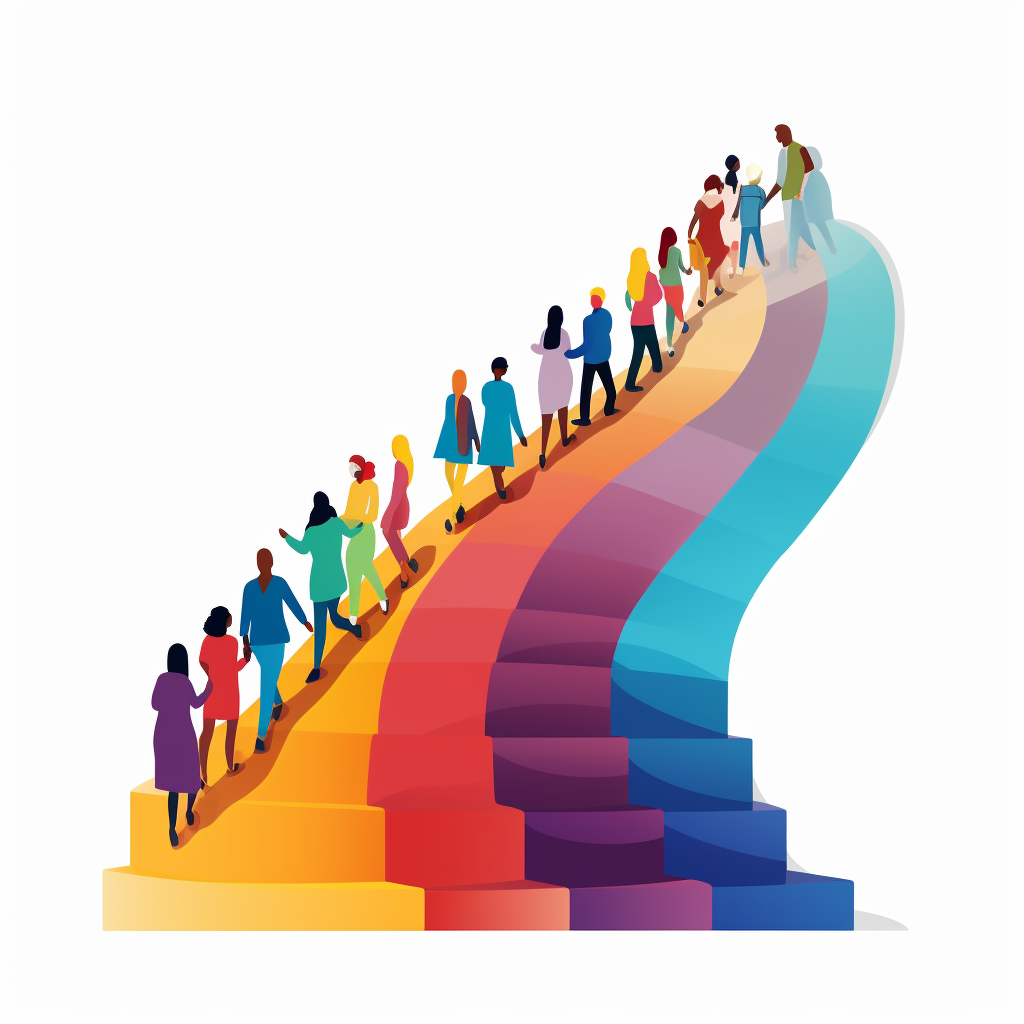Marc Benioff, CEO of Salesforce, made headlines in 2015 when he took a bold stance on gender pay equity. In a 2019 interview in Good Morning America, he admitted to having unconscious bias and that he wanted “equal pay for equal work.”
Benioff instituted pay audits and in 2021 the company found that 3.5% of their “global employees required adjustments”. The company ended up spending USD 3.8 million to address these differences based on gender, race, and ethnicity.
What makes Benioff’s approach remarkable is his embodiment of the values of male allyship. And his actions were a fundamental reimagining of how workplace equity can be achieved.
In an industry notorious for its gender disparities, this was nothing short of a seismic shift. The tech industry has long been criticized for its homogeneous leadership and persistent gender gaps. In 2024, McKinsey highlighted a stark reality: only 81 women were promoted to manager for every 100 men. The ‘broken rung’ continues to be a significant barrier and, at this pace, it would take an eye-popping 136 years to close the gender gap.
Benioff’s approach demonstrates the foundational role that male allyship plays and how men can recognize privilege, challenge existing systems, and take measurable steps to create real change.
The Meaning of Allyship
Allyship is about consistent, meaningful actions that create tangible change. How do male allies, in particular, help?
“It’s not possible to change decision-making processes, policies and business strategy without those sitting at the table taking responsibility. That’s why it’s key that men are involved” says Sheree Atcheson, Group Senior VP of Diversity and Inclusion.
Moser and Branscombe’s research report lists quite a few points on how men can involve themselves and bring change. They include:
- Not allowing gender to be a factor in the way they treat women
- Fostering connections
- Being respectful and not harboring judgements
- Acknowledging unconscious biases and gender gaps
- Noticing and stopping discriminatory behaviors from other men
The report also revealed that when men are active allies, women’s sense of belonging and trust in the workplace increases.
Practical Pathways to Meaningful Support
Male allies play a crucial role in dismantling systemic obstacles. Diversity and Inclusion training programs provide frameworks to help men understand and implement effective allyship.
Take recruitment processes, for instance. Blind resume screening, structured interview techniques, and transparent evaluation criteria can significantly reduce gender bias.
Companies can demonstrate how intentional these approaches can be by transforming recruitment from a potentially discriminatory process to an opportunity for genuine talent discovery.
There are a few ways in which men can demonstrate genuine allyship. Let’s take a look at some of them.

1. Recognizing Privilege and Addressing Bias
Allyship starts with awareness. Men can utilize the advantages they may have in the workplace, whether it’s being heard more in meetings or having easier access to leadership roles.
Recognizing this privilege gives an understanding on how to use it to level the playing field. This means speaking up when they see gender bias at work, whether it’s a woman being interrupted or overlooked for a promotion.
2. Amplifying Women's Voices
Women’s ideas have been historically dismissed or ignored until repeated by a male colleague.
Men can break this cycle by actively listening, giving credit where it’s due, and ensuring women’s contributions aren’t overlooked. Simple actions like reinforcing a female colleague’s point in a meeting or nominating women for key projects can help create a more equitable environment.
3. Mentoring and Sponsoring Women
Leadership roles are still the preserve of men. But that also means there’s a significant opportunity to galvanize change for women.
Mentoring provides guidance and is an important part of initiating change. Sponsorship, though, is where action happens. Sponsorship involves advocating for women in rooms where they aren’t present. When men use their influence to connect women with career-advancing opportunities and improve visibility.
4. Calling out Workplace Discrimination
Being an ally means not being a passive bystander when witnessing bias, microaggressions, or unfair treatment.
Men can intervene and challenge inappropriate jokes, exclusionary hiring practices, unfair performance reviews, and other systemic behaviors and processes. A true ally doesn’t just avoid discrimination but also actively works to dismantle it.
5. Sharing Caregiving Responsibilities
Men can advocate for fair parental leave policies and take full advantage of them, normalizing the idea that caregiving isn’t just a woman’s responsibility.
And when male leaders openly support work-life balance and flexible policies, they set examples and precedents for the future.
6. Committing to Continuous Learning
Allyship is an ongoing process of learning, self-reflection, and action. Men can educate themselves on gender disparities through books, training sessions, and conversations with female colleagues. Diversity and inclusion training plays a crucial role in facilitating this learning journey. Allyship requires personal change at some level, and this cannot occur without an open mind. It requires the courage to be challenged on personal belief systems and grace to learn from them.
Successful male allies create safe spaces for honest conversations. They deftly avoid the White Knight Syndrome or the urge to ‘fix things’ and simply offer their presence to listen, support, and amplify.
And the influence of male allyship extends far beyond individual organizations. When men actively challenge workplace inequities, they contribute to a broader societal shift. They end up reshaping cultural narratives and challenging long-standing assumptions.
Allyship goes beyond being a moral imperative. It demonstrates sharp business acumen too. Because when employees bring their best selves to work, they become unstoppable. So does your business.













